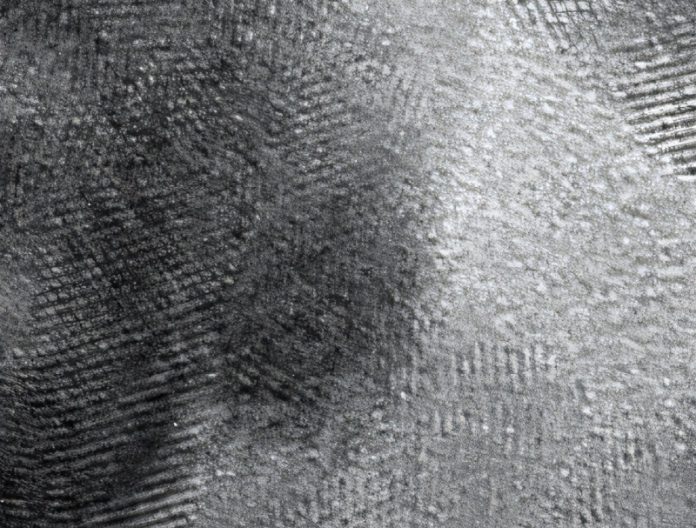
Scientists have long dreamed of watching materials transform into their quantum states—phases of matter that only appear when atoms are chilled to near absolute zero.
Now, a new invention from researchers at the University of Michigan and Harvard University makes that dream possible.
By designing a special liquid-helium-cooled specimen holder for electron microscopes, they can now capture atomic-level images of materials at ultracold temperatures for more than ten hours at a time.
Until now, electron microscopes could only keep samples this cold for a few minutes, or at most a couple of hours.
That limited window wasn’t enough to study the delicate quantum properties of advanced materials, such as superconductors or the components used in quantum computers.
The new holder changes that, stabilizing specimens at about 20 Kelvin—roughly -423 degrees Fahrenheit, just above absolute zero—with almost no temperature fluctuations.
“When atoms get that cold, they barely move, and that radically changes how materials behave,” explained Robert Hovden, associate professor of materials science and engineering at the University of Michigan and a senior author of the study, published in the Proceedings of the National Academy of Sciences.
“Metals can suddenly become superconductors, or new phases can emerge that are perfect for building qubits or advanced computer memories.
To understand how these properties develop, we need to watch them unfold at the atomic scale over long periods of time.”
Electron microscopes have previously achieved ultracold imaging using liquid nitrogen at -321°F (77 Kelvin), but some materials only reveal their quantum properties at even colder temperatures.
Liquid helium, which condenses at around -452°F (4 Kelvin), can achieve this. The challenge has been that helium boils violently when it enters the microscope’s dewar—the container that holds the liquid—causing vibrations and unstable temperatures that blur atomic images.
“It’s like pouring water onto hot lava,” said Hovden. “The liquid boils and shakes everything, and the temperature swings so much you can’t hold the conditions you need.”
The team solved this problem with a clever new design. Their holder uses a heat exchanger attached to flexible, insulated pipes that carry the helium.
As the helium evaporates, it cools the sample before venting out, but the vibrations are absorbed by the springy tubing and rubber joints. This keeps the sample rock steady while the microscope captures images at atomic resolution.
The instrument can maintain temperatures of 20 Kelvin for more than 10 hours with stability within 0.002 Kelvin—ten times better than existing systems. That means researchers can now track changes in materials as they shift into quantum states, capturing never-before-seen details about how atoms rearrange during these transformations.
“This could be the key to understanding and harnessing the processes that give quantum materials their amazing properties,” said Ismail El Baggari, a physicist at Harvard University’s Rowland Institute and co-author of the study.
Building the device wasn’t easy. Small design flaws caused excessive vibrations or leaks, and the team went through many iterations before perfecting it. Emily Rennich, the study’s first author, led the construction during her undergraduate years at Michigan. “I didn’t have many design skills when I started,” she said. “It was a lot of trial and error, and help from machinists, before we finally got something that worked.”
The new holder is already in use at the Michigan Center for Materials Characterization, allowing scientists nationwide to perform experiments that were once out of reach. Experts in the field believe the technology will have lasting impact.
“This is a breakthrough I’ve anticipated for nearly a decade,” said Miaofang Chi, a corporate fellow at Oak Ridge National Laboratory. “The team’s achievement will open new doors in quantum materials research.”
By letting microscopes watch matter turn quantum, this technology could accelerate progress in superconductors, quantum computers, and neuromorphic systems—paving the way for faster, more efficient electronics in the future.



